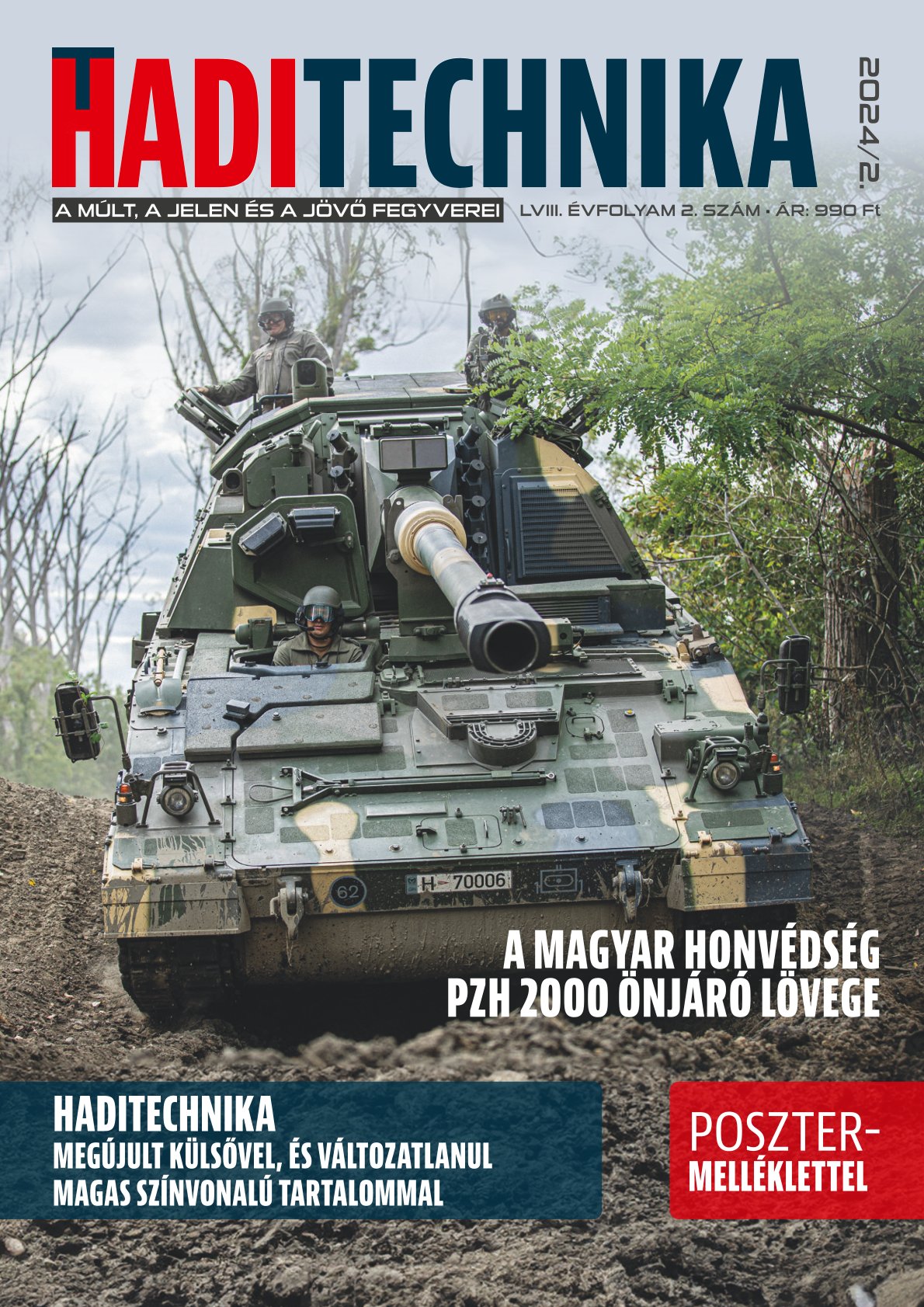A firefighting tactical approach to aerial firefighting effectiveness
DOI:
https://doi.org/10.23713/HT.58.2.11Keywords:
aerial firefighting, fire intensity, spray pattern, effectiveness, I4F technologyAbstract
We regularly use aircrafts to fight large-scale and intense fires, which, although often useful, are unfortunately also very expensive. In order to increase efficiency, in addition to knowing the capabilities of the aircraft, it may also be worthwhile to learn about the tactical characteristics of firefighting. The author provides an overview of the factors affecting effectiveness and presents a Hungarian development that can significantly increase the efficiency of the use of aircraft.
References
2011. 1. 2011. évi CXXVIII. törvény a katasztrófavédelemről és a hozzá kapcsolódó egyes törvények módosításáról;
26/2021. (XII. 17.) HM rendelet a honvédelmi ágazat katasztrófák elleni védekezésének irányításáról és feladatairól;
Szerényi-Salamon, T., Somogyi, Z. (2023) A Magyar Honvédség légi tűzoltó képességének fejlesztési lehetőségei, Haditechnika, 57 (5) pp.
–56.;
Xanthopoulos, G., Leone, V., Delogu, G.M. (2020) The suppression model fragilities: The “firefighting trap”, Extreme Wildfire Events
and Disasters, 2020, pp. 135–153. https://doi.org/10.1016/B978-0-12-815721-3.00007-2;
Byram, G. M. Combustion of Forest Fuels, In. Forest Fire: Control and Use (1959) pp. 61–89. New York: McGraw-Hill, United States;
Alexander, M. E., Cruz M. G. (2012) Interdependencies between flame length and fireline intensity in predicting crown fire initiation and crown scorch height, Int’l Journal of Wildland Fire, 21, pp. 95–113. https://doi.org/10.1071/WF11001;
Restas, A. (2023) Examining the Effectiveness of Aerial Firefighting with the Components of Firebreak Requirements and Footprint
Geometry—Critics of the Present Practice. Fire , 6, 351. https://doi.org/10.3390/fire6090351;
Simon B; Crowley C.; Franco F. (2022) The Costs and Costs Avoided From Wildfire Fire Management—A Conceptual Framework for a Value of Information Analysis. https://www.frontiersin.org/articles/10.3389/fenvs.2022.804958/full;
Restas, A. (2020). Hungarian - Slovakian Cooperation Making Aerial Firefighting More Effective: Error Analysis. In: Makovicka O, L., F.,
Zelinka, S. (eds) Wood & Fire Safety. WFS 2020. Springer, Cham. https://doi.org/10.1007/978-3-030-41235-7_54;
Christopher, B. (2016) Does Using Airplanes to Put out Forest Fires Actually Work? Priceonomics, 11.07.2016, https://priceonomics.com/does-using-airplanes-to-put-out-forest-fires/ (Letöltve: 2022.8.22.);
Szelestey, Gy. (1974) Áramlástan IV. Helikopter aerodinamika, Tankönyv, Szolnok, Kilián György Repülő Műszaki Főiskola p.130.;
Jambrik, R. (2007) Légi támogatás nélkül nehéz lett volna, Védelem, 14 (6) pp. 51–53., Budapest, ISSN: 1218-2958;
„Super Puma Fire Fighting Routine Training Mission Swiss Air Force at Axalp 2012,” https://www.youtube.com/watch?v = Shn5ChpOHgs
(Letöltve: 2015.12.6.);
Restás, Á. (2012) Légi tűzoltás instant habbal: I4F technológia, Repüléstudományi Közlemények 24 (2) pp. 490–501.;
Hardy, C. Chemicals for Forest Fire Fighting. Study (1985) NFPA, National Fire Protection Association, Boston, United States;
Plucinski, M. P.; McCarthy, G.; Gould, J. (2005) Aerial Suppression Experiment. Ensis Technical Report No: 153, Ensis, Bushfire Research CSIRO, Cambridge, Tasmania, Australia, 21-23.02.2005;
Tomé, M.; Borrego, C. (2002) Fighting wildfires with retardants applied with airplanes. Forest Fire Research & Wildland Fire Safety, Viegas (ed.) Millpress, Rotterdam, p. 133, ISBN 90-770117-72-0;
Csontos, P., Cseresnyés, I. (2007) Feketefenyvesek tűzveszélyességi viszonyainak elemzése. In: Csontos P. (ed.) Feketefenyvesek ökológiai kutatása. Scientia Kiadó, Budapest, pp: 57–79.;
Satoh, K., Maeda, I., Kuwahara, K., Yang, K.T. (2005) A Numerical Study of Water Dump in Aerial Fire Fighting. Fire Safety Science, 8 pp. 777–787. http://doi:10.3801/IAFSS.FSS.8-777;
Pekić, Z. (2007) High rate spray technique – a new way for effective aerial wildfire suppression. Wildfire 2007 Conference Seville, Spain,
-17.05.2007;
I4F – Instant Foam for Fighting Forest Fires, EU Cordis, Horizon 2020, Grant agreement ID: 711160 https://doi.org/10.3030/711160;
Restás, Á. (2014) Suppression capability of foams used fighting against forest fires with the test of weight rate remained on the crown surface R-10A Method - weight effectiveness experiment, In: Domingos, X.V. (ed.) Advances in Forest Fire Research, Coimbra, Portugália, 1529–1536. https://doi.org/10.14195/978-989-26-0884-6_168;
Restás, Á. (2014) Results of the R-20F Method for Measuring the Water Equivalence of the Isolation Effect of Foams Used in Fighting Forest Fires, In: Domingos, X.V.(ed.) Advances in Forest Fire Research, Coimbra, Portugália, 1485–1495. https://doi.org/10.14195/978-989-26-0884-6_163






